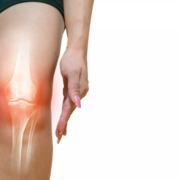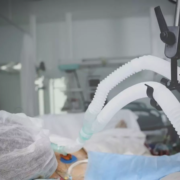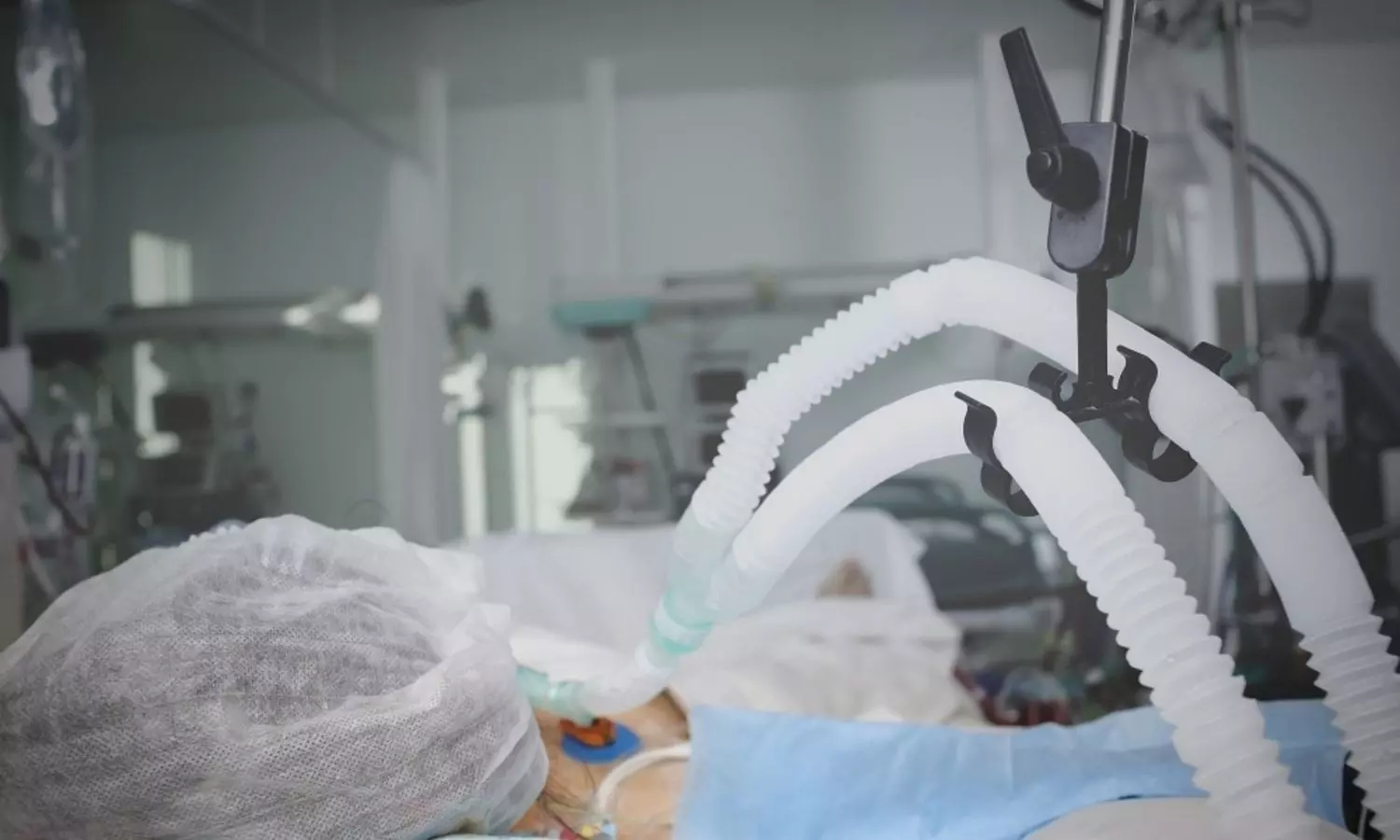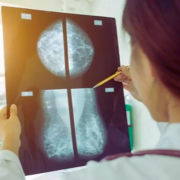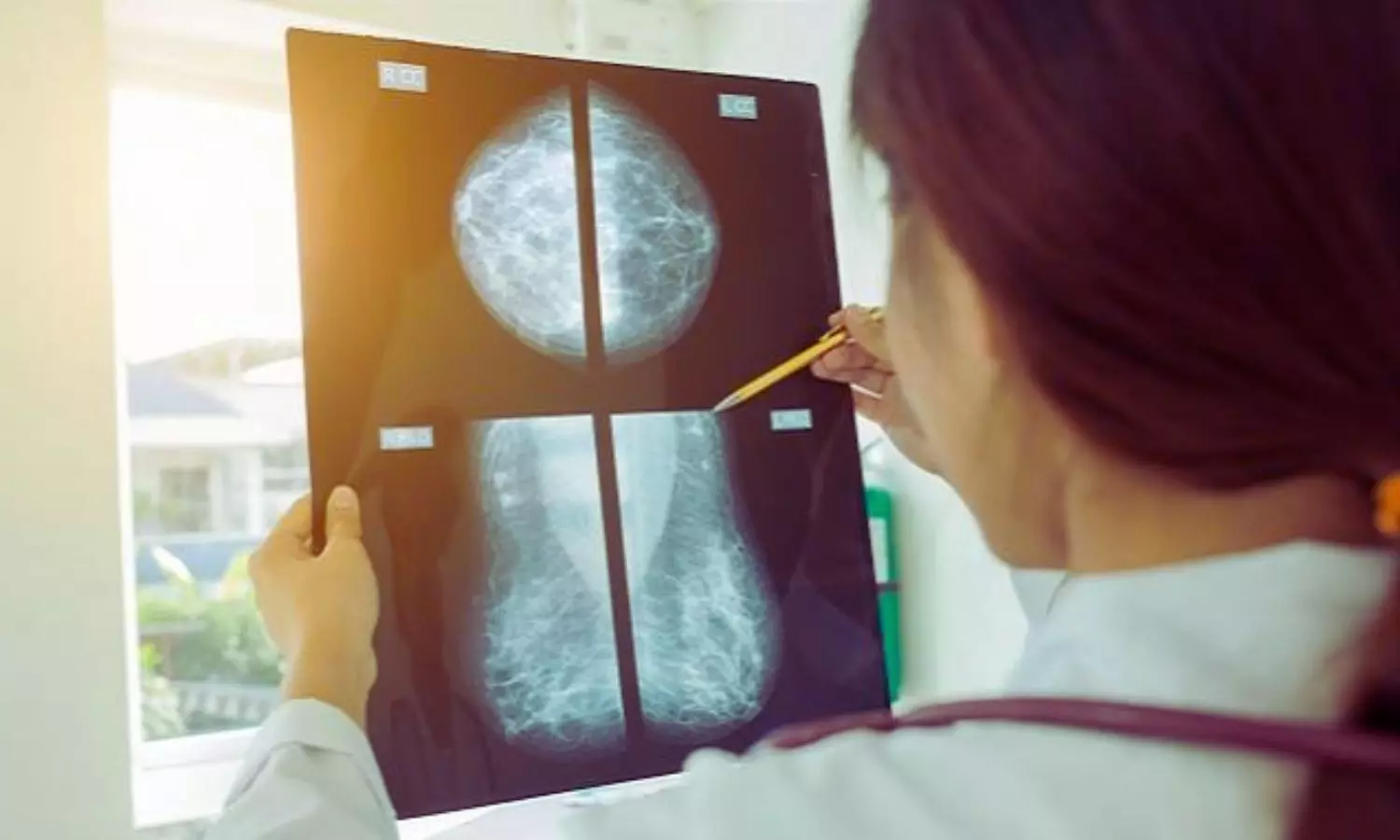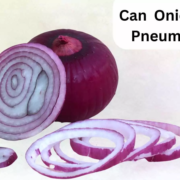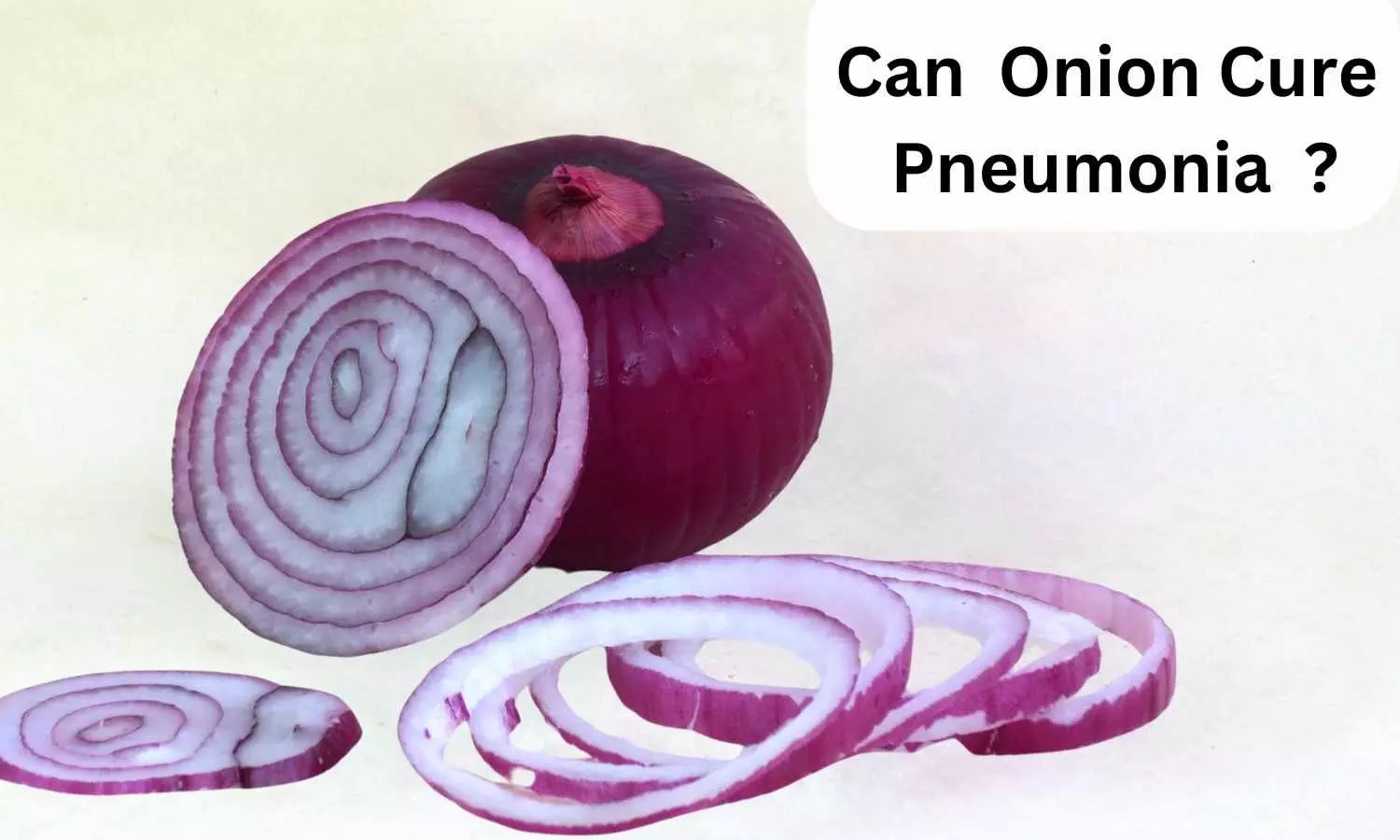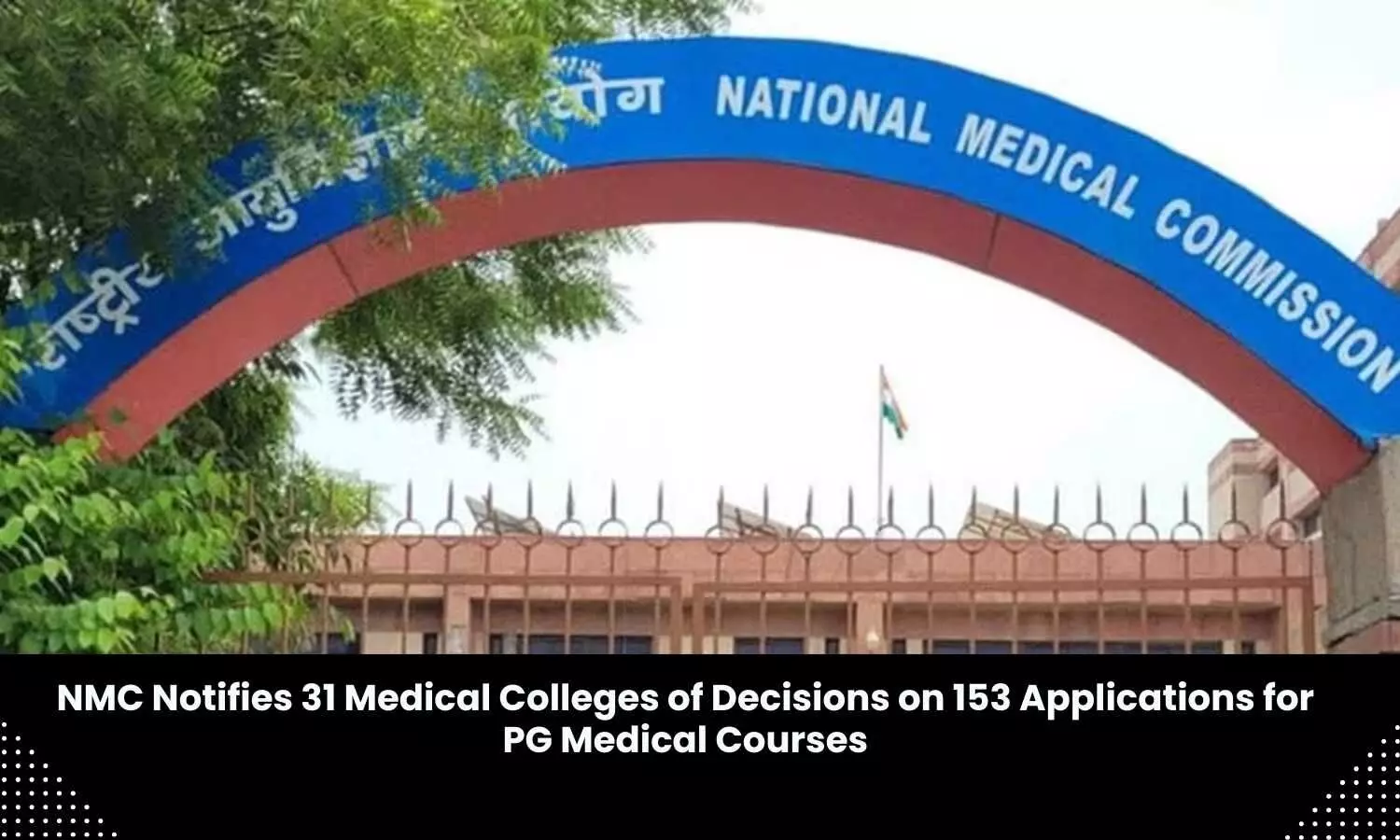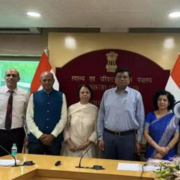
Thiruvallur: The District Consumer Disputes Redressal Forum, Thiruvallur recently held a Scan Centre in Chennai guilty of medical negligence for administrating overdosage of Anesthesia during an MRI Scan resulting in cardiac arrest and brain death of the patient. Accordingly, the Court directed the Scan Centre to pay Rs 15 lakh compensation to the deceased patient’s family along with Rs 10,000 as the cost of litigation.
The history of the case goes back to 2008 when the concerned patient, now deceased, was diagnosed with Cervical Spondylosis, Arnold Chiari Malformation type I, Syrinx C1 –T1. Initially, he was treated at New Hope Medical Centre, where he underwent a minor surgery. Back then, he was advised to repeat the investigation in the form of MRI 3 months and 6 months later to assess the syrinx.
On 19.02.2009, the patient, the complainant’s husband, approached Aarthi Scans for investigation. Allegedly, when the patient was brought to the Scan centre for an MRI scan, he was administered a heavy dose of Anaesthesia which resulted in Cardio-Respiratory Arrest and Brain death. Thereafter, the patient was transferred to St. Isabel’s Hospital for further treatment.
It was alleged the Scan Centre did not furnish details about the treatment given at their Scan Centre and the drug administered for anaesthesia intentionally. The patient was admitted to the ICCU at the hospital on 19.02.2009 and never regained consciousness for nearly 13 days and was kept under ventilation all the time. On request, the hospital discharged the patient on 04.03.2009. However, he died the next day. Therefore, alleging deficiency in service on the part of both the Scan Centre and the treating hospital, the wife and children of the deceased patient approached the District Consumer Court, Thiruvallur.
Also Read: Anaesthesia Overdose: Mumbai Hospital, Anaesthesiologist, Orthopaedician held guilty of medical negligence, slapped Rs 12 lakh compensation
On the other hand, the Scan Centre submitted that though the negligence was attributed to the administration of excessive anaesthesia to the patient, neither the anaesthetist was named nor impleaded as a party to the complaint and therefore the complaint was not maintainable for non-joinder of necessary parties.
The counsel submitted that contributory negligence was attributed to New Hope Medical Centre where the patient underwent serious and major surgery related to his neuro-genetic deformities named as Arnoid Chiari Malformation Type 1 and Syrinx (Syringomyelia). In this regard, it was alleged that chances for adoption of imperfect surgical procedures and post-operative complications could have been the reason for his sudden cardiac arrest.
The Scan Centre argued that the anaesthesia for MRI scans comes in 5 mg pre-packed and sealed vials and diluted with distilled water before administration and accordingly there could be no administration of lethal dosage to scan patients.
Further, it was submitted that medical consent had also been obtained from the patient’s family. It was argued that in cases of wrong administration of anaesthesia, the patient shall not remain alive even for a minute whereas the complainant’s husband lived for nearly 15 days after the administration of the sedative dosage of anaesthesia.
They submitted that the Scan Centre promptly attended to the complainant’s husband immediately by performing cardiac resuscitation and by quickly transferring him on ET Tube/Ambu ventilation Oxygen to the fully equipped St.Isabel Hospital for further management and suitable Medical intervention.
“All the medical journals and Books on Neuro surgery reiterate the fact that even after surgical intervention such genetic neuro deformities are not completely cured and neurological dysfunction remain more severe and surgical results were very poor since patients exhibited accentuated pre-operative symptoms such as upper-extremity muscle atropy, ambulatory dysfunction and spinal atropy which was discovered in post operative MR imaging along with post-operative complications, leading to neural deficits and increased duration of morbidity,” the scan centre argued.
It was submitted that the cardio respiratory arrest that occurred was purely coincidental that had arisen out of incompletely cured Arnold chiari and Syrinx Deformity and due to post operative complications and it was unfortunate that the same happened in the scan centre.
Further, they pointed out that the patient had been receiving consultation and treatment from the local doctors since the year 1991 for the restricted mobility of the Right shoulder joint and had also been diagnosing the real reason for his serious illness affecting shoulder joint mobility for nearly 18 years thereby allowing his illness to advance and progress to reach a critical stage.
The Scan centre then argued that anaesthesia used in diagnostic centres is 1mg dosages in syringes which was extremely low dosage and was 1/10th of the dose necessary to cause death; such a huge dose was not even given in case of surgeries within operation theatres. Thus it was a non-invasive procedure unlike epidural administration of Anesthesia given during major invasive surgeries, the counsel said.
Meanwhile, the 2nd opposite party, the treating facilty- Isabel Hospital, refuted the medical negligence allegations stating that it had nothing to do with the anesthesia administrated to the patient. “The statement of the complainant that David suffered brain death was wrong and incorrect. Brain death has to be certified by a Neuro Surgeon and a Neuro Physician. David was treated by the specialists of this Hospital from 19.02.2009 to 04.03.2009 and they never made a diagnosis of brain death,” the hospital pointed out.
While considering the matter, the Consumer Forum noted that the Scan Centre did not file any affidavit of Anesthetist to discharge their burden of proof.
“Except producing the referral letter and consent letter, no other evidentiary proof was submitted by the 1st opposite party (the scan centre) to disprove the allegations as to improper or over dosage of administration of Anesthetist drug to the patient resulting in cardiac respiratory arrest and brain death expect medical literatures about Nero Surgery Syringomyelia etc. However, even by the Medical literatures they failed to establish that patient without any pre-history of cardiac respiratory arrest would suffer cardiac arrest and Brain death when Anesthesia was given during MRI Scan…Thus the surgery undergone by the patient could not be considered as the reason for the unfortunate event happened during MRI scan,” noted the Commission.
“In the DIL form (Ex.B16) signed by the family members of the patient/deceased it has been specifically mentioned that the diagnosis was Hypoxic Encephalopathy which clearly established that the patient who went normally for taking MRI scan with the 1st opposite party was made to suffer Hypoxic Encephalopathy due to the act of the 1st opposite party,” it further observed.
The Commission also noted that the expert opinion obtained from the Cardiologist of the treating hospital dated 19.02.2009 clearly provided that the patient did not possess any cardiac problem or brain damage before taking the MRI scan except for the surgery done for Cervical Spondylosis.
“The 1st opposite party failed to establish that the surgery done for Cervical Spondylosis, Arnold Chiari Malformation type –L, Syrinx C1-T1 at New Hope Medical Centre was the roof cause for the cardiac arrest and brain death suffered by the deceased at the time of MRI Scan,” noted the Commission.
Further, the Commission observed that the defence of the treating hospital that non-joinder of the first hospital, where the patient was treated in 2008, was fatal to the case, “could not be appreciated for the reason that no allegations was raised in the complaint against the said Medical Centre in the matter of treatment or surgery provided to the patient. Also no nexus was proved by the opposite parties between the treatment given at the New Hope Medical Centre and the cardiac arrest and brain death suffered by the deceased patient. Therefore non-joinder of New Hope Medical Centre is not fatal to the case.”
Therefore, the consumer court held the scan centre liable for medical negligence. It further opined that there was no negligence by the treating hospital.
“Based on the above reasonings this commission is of the view that the complainants had successfully discharged their burden of proof of negligence against the 1st opposite party for administrating over dosage of Anesthesia during MRI Scan resulting in cardiac arrest and brain death. However, the 1st opposite party failed to discharge their onus. There is no specific allegation against the 2nd opposite party (the treating hospital). Further the 2nd opposite party has also produced the case sheet for the treatment provided for the deceased along with DIL form, expert opinion of Respiratory Physician, cardiologist, Neuro Surgeon which clearly shows that they have followed the standard line of treatment and hence no negligence could be attributable against them,” noted the Commission.
“Thus, we hold that the 1st opposite party was to be held liable for the cardiac arrest and brain death sustained by the patient which resulted in his death as the complaint allegations as to medical negligence in administrating improper or over dosage of Anesthesia by the 1st opposite party has been successfully proved by the complainants against the 1st opposite party. The Principle of res ipsa loqiutor could be very well applied to the facts of the case as the deceased, who went for MRI Scan with the 1st opposite party in a good state, came out with cardiac arrest which resulted in his death. No negligence is proved against the 2nd opposite party. Thus we answer these points accordingly in favour of the complainants and as against the 1st opposite party,” it further observed.
Holding the scan centre liable, the Commission directed it to pay Rs 15 lakh as compensation to the family of the deceased patient. “Taking into consideration of the above aspects we award a compensation of Rs.15,00,000/- to be paid by the 1st opposite party to the complainants along with a cost of Rs.10,000/- towards litigation expenses. As we dismiss the complaint against the 2 nd opposite party we do not order the medical expenses to be reimbursed to the complainants as prayed by the complainants,” the Commission observed.
To view the order, click on the link below:
https://medicaldialogues.in/pdf_upload/dcdrc-thiruvallur-237730.pdf
Also Read: Rs 12 lakh compensation slapped on Hospital, Paediatrician for failure in timely treatment of snakebite


